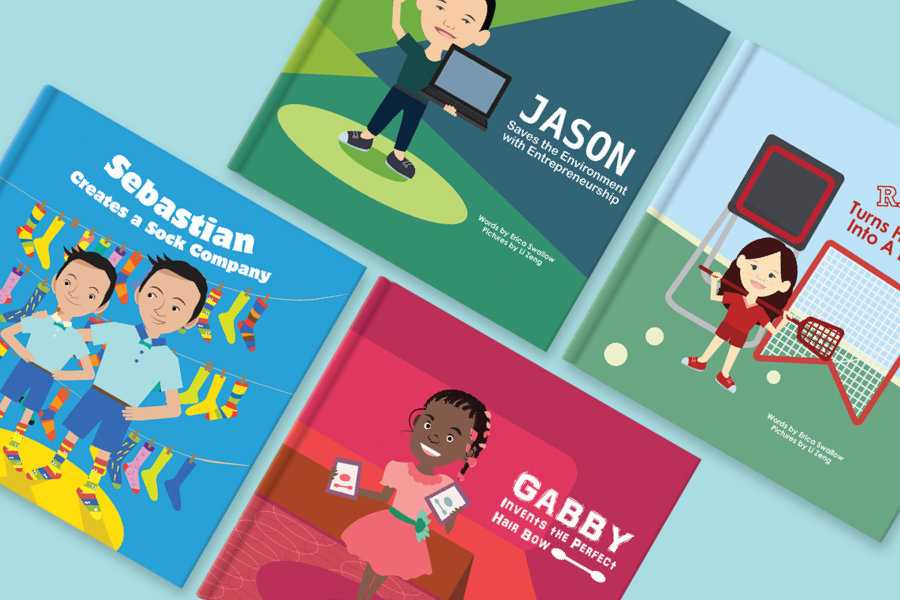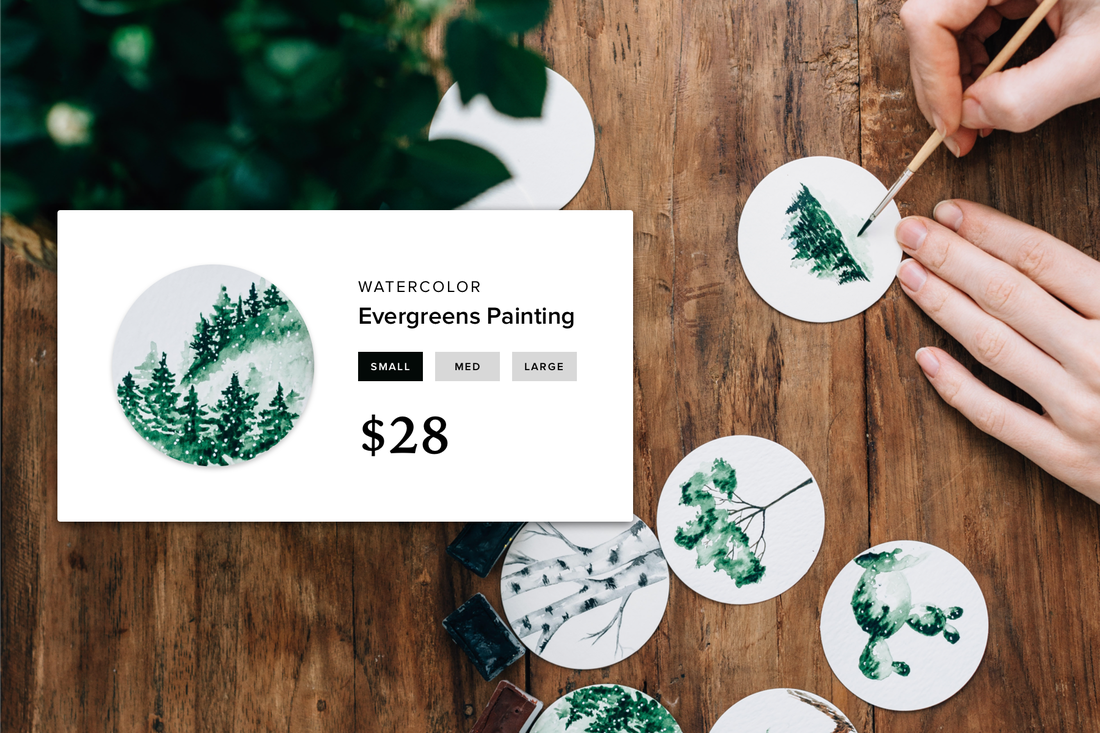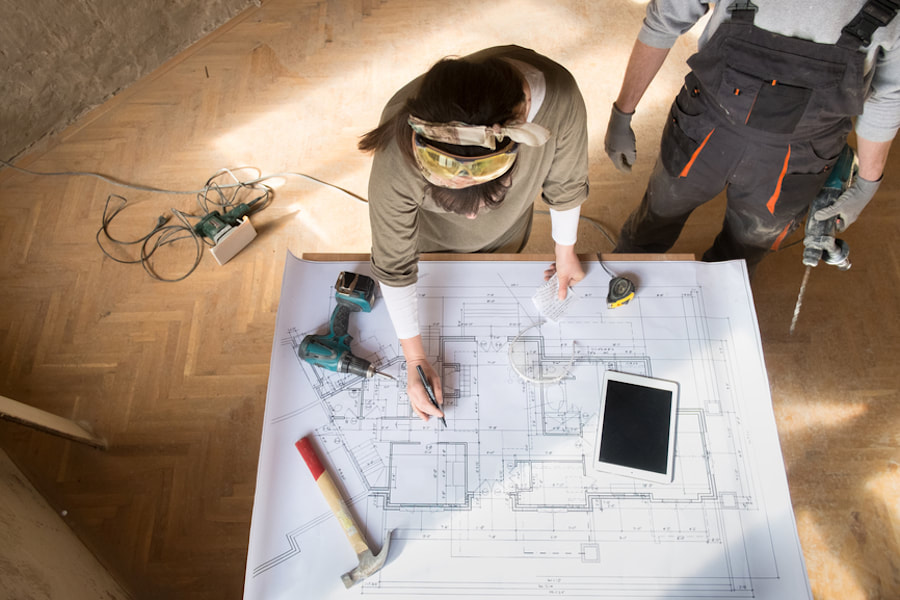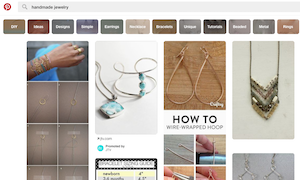You're an idea person — that's why you're in business. You get inspired and come up with innovative products, something that most people are never able to do. The rest is easy, right? Not so fast, because to sell that great idea you first have to transform it into a physical product.
So how can a solopreneur or small business owners get great ideas turned into workable physical products without spending themselves out of business? Here are three strong strategies for physical product development on a shoestring that you can implement right away.
1. Refine the idea, define your target audience
Before you burn your money and time on a new product, do your homework. You need to make sure people will want it, and what else is out there. Are there similar products on the market? If so, who is buying them and how will your idea be different? Have a firm grasp on your target market before you begin your design process.
While you're busy doing homework, make sure you check the U.S. Patent and Trademark Office (USPTO) website. Your idea as designed can't infringe upon anyone else's invention patent or copyright, so examine patents on any products similar to yours.
These steps are critical to staying under budget, because they help you avoid wasting time and energy, and allow you to hone your product idea as much as possible before you get a physical product in hand.
While you're busy doing homework, make sure you check the U.S. Patent and Trademark Office (USPTO) website. Your idea as designed can't infringe upon anyone else's invention patent or copyright, so examine patents on any products similar to yours.
These steps are critical to staying under budget, because they help you avoid wasting time and energy, and allow you to hone your product idea as much as possible before you get a physical product in hand.
2. Lay out the design
Inventors, small business owners and solopreneurs often make the mistake of bringing an idea straight to a manufacturer without designing or prototyping it first. This sometimes works, but it fails often enough to prove risky for the shoestring budget. Instead, put your great idea through the ringer until it's truly exceptional:
- Keep it simple. Distill the concept down to its most important components. If you have 20 features you'd like it to have, choose five that are the most important, and focus on those for now.
- Make a mockup yourself first. It doesn't have to be fancy, but produce your physical idea at least once before handing the design over. Even if the final version won't be plastic, you can use a 3D printer to create a model, or a moldable plastic material like InstaMorph or Shapelock, if you like to work with your hands.
- Get feedback. Yes, it's your baby, and you don't want anyone ripping off your idea. But if you don't get feedback from your intended user until it's a done deal, you may not give them what they really want.
- Communicate your goals. Communicate your product design goals as clearly as possible in a brief. Refine your idea based on what you learned creating the prototype. Remember to include details about your target audience and brand.
3. Source your producer
Now it's time to take the physical product to the pros! Exciting, but how do you find the right people? Thanks to the internet, it's relatively easy to get that prototype developed and the product manufactured.
Getting excited yet? If you've got a great idea, turning it into an innovative physical product on a shoestring budget is within reach.
- Clarify the prototype objective. Every designer and developer you work with needs to know what you need your prototype for. To assess whether it can be manufactured? To find a manufacturer? To nab clients or investors? To sell on Kickstarter? Tell them so they get it right.
- Use a crowdsourcing platform. You can find suppliers, industrial designers and prototype developers on Thomasnet or Crowdspring, for example.
- Find a manufacturer. Find five or six potential manufacturers in your market. For U.S.-based companies, try Maker's Row; if international is okay, try Alibaba. Get samples of their highest-quality products to inspect, and reject anything that isn't awesome. Ask the best two or three for their version of your prototype, and pick the winner based on responsiveness, prototype quality and cost.
Getting excited yet? If you've got a great idea, turning it into an innovative physical product on a shoestring budget is within reach.
 Karla Lant Karla is a professional freelance writer and journalist who focuses on science, technology, marketing, business, politics, education, and technical writing.
Karla Lant Karla is a professional freelance writer and journalist who focuses on science, technology, marketing, business, politics, education, and technical writing.





